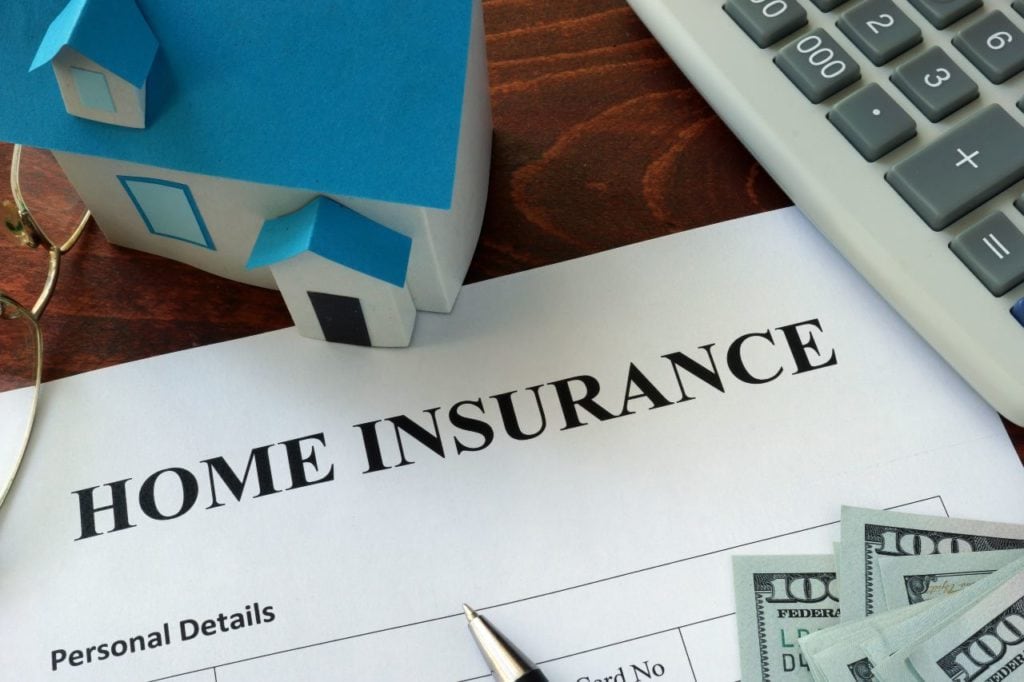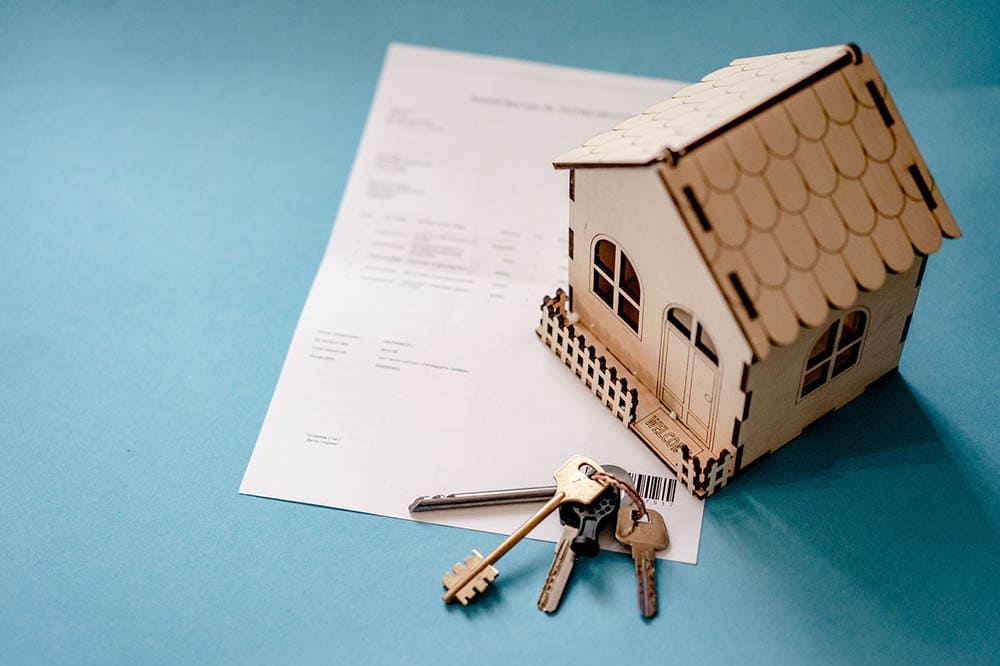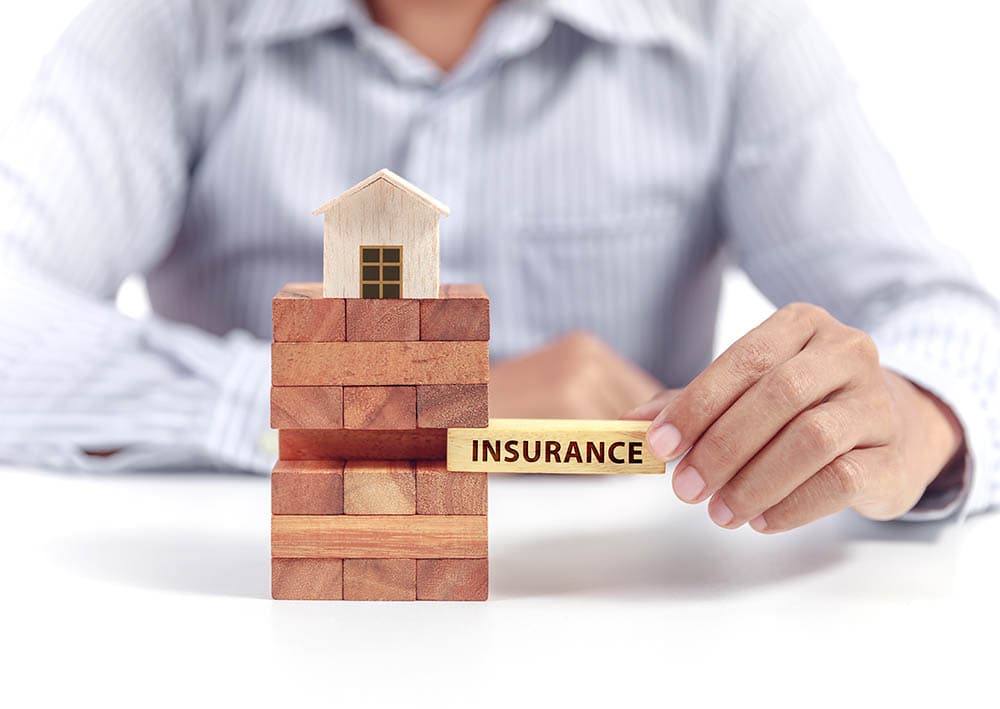Does Homeowners Insurance Cover Rain or Flood Damage? Policies, Facts, & FAQ
-
Codee Chessher
- Last updated:

Insurance can be a tricky game. Sometimes coverage is comprehensive, like full coverage policies for cars, while other times you have to opt for additional coverage. For instance, what exactly does homeowners insurance cover? Does it even cover rain and flood damage? Let’s demystify homeowners insurance below.
As it turns out, most homeowners insurance covers rain but not flood damage. The most common situation home insurance will cover is if water damages your valuables after a storm tears a hole in your roof. Another incident that homeowners insurance would usually cover is if a tree fell on your home and water caused damage as a result.
So, what doesn’t homeowners insurance cover? Flooding generally isn’t covered, which is when excessive rain builds up around your home’s foundation and seeps in, causing damage. This might surprise you, but flood insurance is usually purchased separately from your standard homeowners insurance policy.
Does Homeowners Insurance Cover Rain Damage?
Rain damage is typically covered by homeowners insurance, but they have relatively narrow definitions as to what qualifies. It’s also crucial to understand that rain building up on the ground and causing damage is technically flood damage and not rain damage.
Heavy rain leaking through uncaulked windows would qualify as rain damage, as would heavy rain after a tree falling on your house. However, negligence can’t be overlooked either. If you’ve forgotten to clean your gutters and downspouts and heavy rain damages your home, insurance likely won’t cover it. If you tried to make a claim, it would most likely be denied due to negligence.

Does Homeowners Insurance Cover Snow Damage?
Yes, because snow is simply powdered rain. If snow builds up on your roof and causes it to cave in, homeowners insurance would cover the damage. Similarly, snow that leaks in and causes damage after a tree falling would be covered under insurance.
Unfortunately, snow that builds up on the ground and causes damage is not covered by homeowners insurance, because it’s technically flood damage. A flood insurance policy would cover both damages from excessive rain and snow building up on the ground.
What Else Does Homeowners Insurance Cover?
Homeowners insurance covers a broad range of damages, including fire, theft, vandalism, wind, hail, lightning, and rain damages. Additional flood coverage can help protect against flooding from heavy rainfall, hurricanes, and storms.
Typical policies cover most items in your home, assuming you’ve accurately notified your insurance company of all your possessions. Let’s check out some of the items covered against damage in homeowners insurance.
- Furniture
- Kitchen appliances
- HVAC systems
- Laundry appliances
- Electronics
- Outbuildings like sheds
- Outdoor fixtures like fences, yard equipment, and playground equipment
- Pools
Notably, pools usually cost more to insure because they’re considered high-risk by insurance companies. The details of your policy will also dictate the precise level of coverage because cash and replacement policies are very different.

Cash vs. Replacement Homeowners Policies
There are two types of homeowners insurance policies: cash value and replacement cost.
Cash value policies are typically a bit cheaper because they assess the value of your home and possessions based on their depreciated value. If your TV gets broken and is covered by insurance, for example, the payout from your insurance would be the TV’s depreciated value.
You may not even get enough to buy a new TV. The same goes for damage and rebuilding. Prices would be assessed at your home’s depreciated value, and you might end up going out of pocket for your repairs.
Replacement cost policies don’t take depreciation into account and are more expensive as a result. However, in the event of damage, they’ll cover more than a cash value policy. Let’s use the TV example. If your TV is damaged in a covered peril (like a fire), the policy would pay out enough to buy a new TV of similar make and model.
Dwelling coverage is an important part of replacement cost policies. It means that if parts of your home are damaged, you’re covered more effectively than with a cash value policy. If your living room is damaged in a fire, your insurance would pay for materials of similar quality whether they’re old or new. Depreciated value also isn’t taken into account, so repairs can be as simple or extensive as your home.
Conclusion
Homeowners insurance is an important way to protect yourself from damages, but most policies don’t include flood damage. Generally, though, damage from rain is covered if a storm or tree damaged your home first.
Featured Image Credit: Vitalii Vodolazskyi, Shutterstock
Contents
